Rebel MD Gary Williams on taking experiential retail to the next level
Inside Retail
DECEMBER 4, 2023
Spanning 3600sqm, the new store covers most of the fourth floor of Emporium Melbourne shopping centre, and carries Rebel’s largest range of sportswear brands, including industry giants like Nike, Adidas, Under Armour and Asics, as well as popular homegrown labels like Lorna Jane, PE Nation and Muscle Nation. “I Dubbed RCX 2.0,

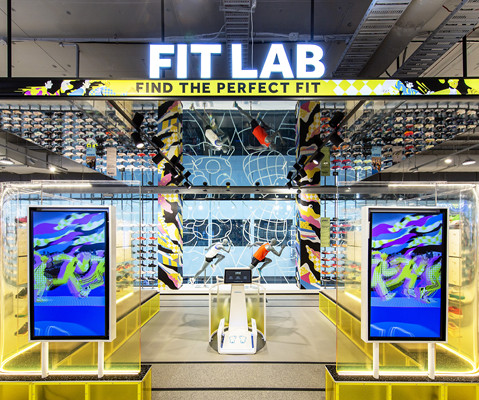
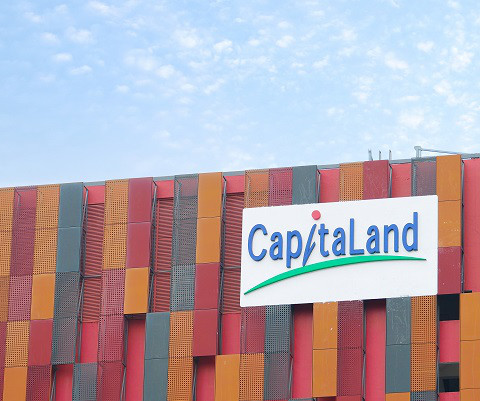
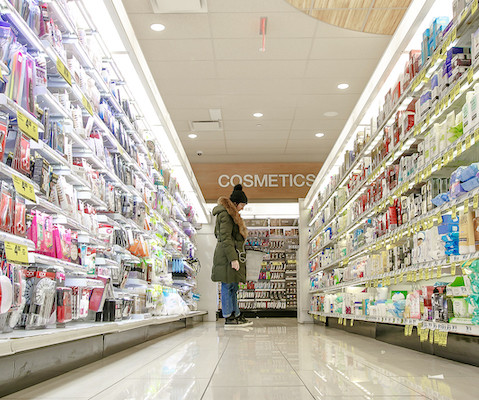
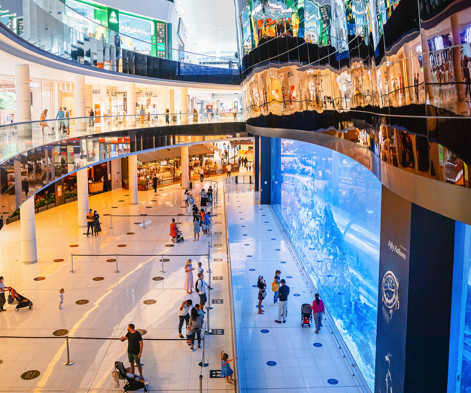
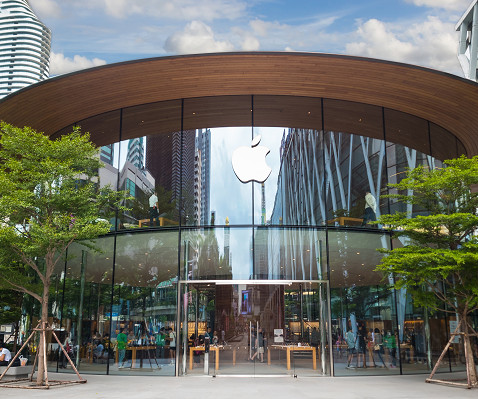







Let's personalize your content